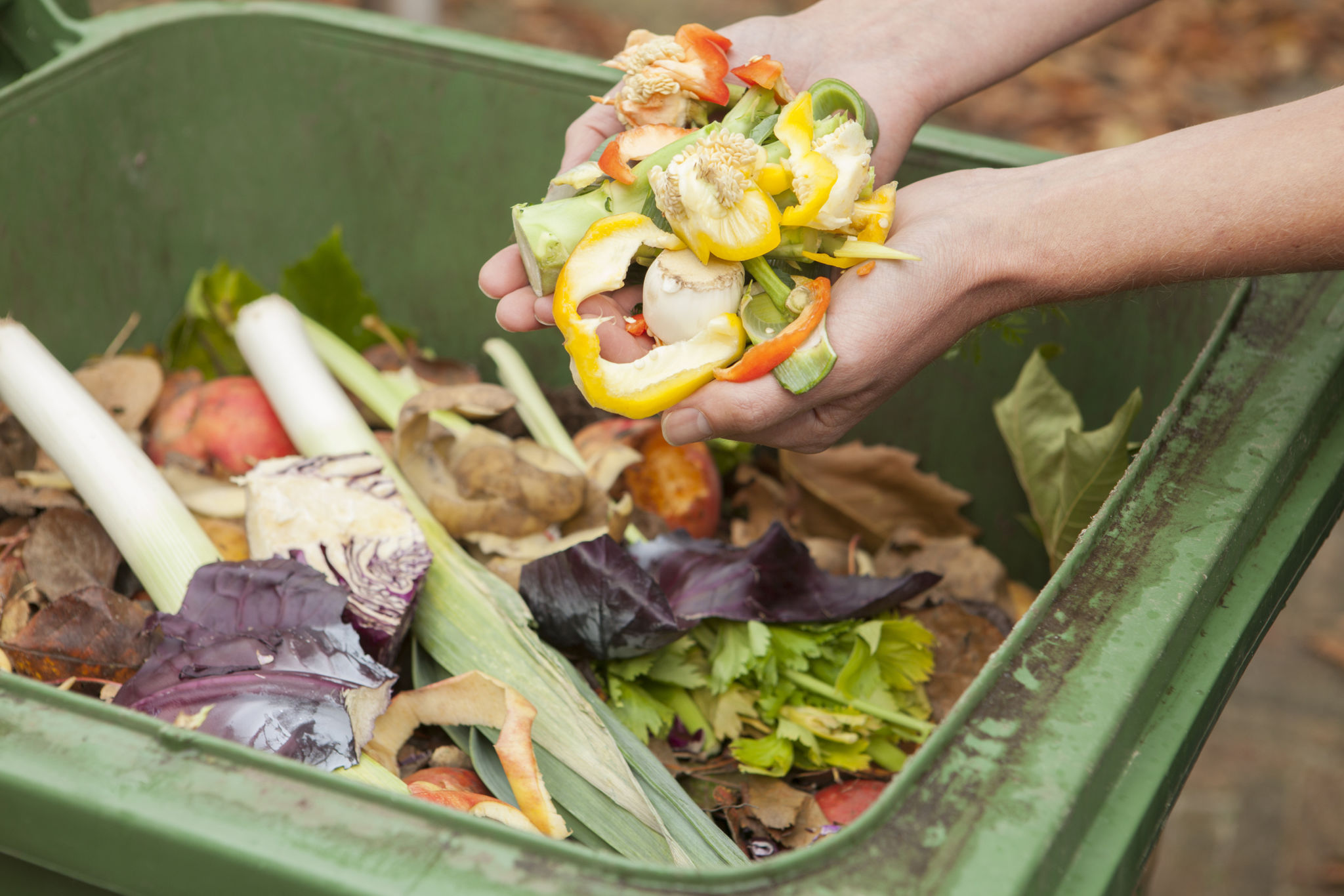Creating a Sustainable Garden in Sag Harbor: Eco-Friendly Landscaping Tips
Creating a sustainable garden in Sag Harbor not only enhances your home's aesthetic appeal but also plays a crucial role in conserving the environment. By adopting eco-friendly landscaping practices, you can reduce your carbon footprint, conserve water, and promote biodiversity. Here are some tips to help you get started on your green journey.
Choose Native Plants
One of the most effective ways to create a sustainable garden is by incorporating native plants. These plants are well-adapted to the local climate and soil conditions, requiring less water and maintenance. They also provide a habitat for local wildlife, promoting biodiversity. In Sag Harbor, consider species like the Eastern Redbud, Butterfly Milkweed, or the Black-eyed Susan.
When selecting plants, ensure they are non-invasive to prevent them from overtaking local flora. Additionally, native plants tend to be more resistant to local pests and diseases, reducing the need for chemical pesticides and fertilizers.

Practice Water Conservation
Water is a precious resource, and conserving it is essential for sustainable gardening. Implementing an efficient irrigation system, such as drip irrigation, can significantly reduce water usage. Drip irrigation delivers water directly to the plant roots, minimizing evaporation and runoff.
Another water-saving technique is rainwater harvesting. Installing rain barrels can capture and store rainwater from your roof, which can then be used for watering your garden. Additionally, applying mulch around plants helps retain soil moisture and suppresses weed growth.

Compost and Fertilize Naturally
Creating a compost pile is an excellent way to recycle kitchen scraps and yard waste into nutrient-rich soil. Composting not only reduces landfill waste but also enriches your garden soil, promoting healthy plant growth. Items suitable for composting include fruit and vegetable scraps, coffee grounds, and grass clippings.
For natural fertilization, consider using organic fertilizers like bone meal or fish emulsion. These alternatives to chemical fertilizers provide essential nutrients without harming the environment. Regularly testing your soil can also help you determine specific nutrient needs.

Implement Integrated Pest Management
Pests can pose a significant challenge in any garden, but it's important to manage them sustainably. Integrated Pest Management (IPM) focuses on using a combination of techniques to control pests with minimal environmental impact. This includes encouraging beneficial insects like ladybugs and lacewings, which naturally keep pest populations in check.
Consider using physical barriers such as row covers or nets to protect plants from pests. If chemical interventions are necessary, opt for organic or least-toxic options as a last resort. Regular monitoring of your garden can help detect pest issues early before they become severe.

Create Wildlife Habitats
Encouraging wildlife in your garden supports local ecosystems and promotes biodiversity. Consider installing birdhouses, bat boxes, or bee hotels to attract beneficial creatures. Providing a water source, such as a birdbath or small pond, can also invite a variety of wildlife into your garden.
Planting a diverse range of flowers that bloom at different times ensures a continuous food supply for pollinators like bees and butterflies. This not only benefits the environment but also enhances the beauty of your garden throughout the year.

By following these eco-friendly landscaping tips, you can create a sustainable garden that thrives in Sag Harbor's unique environment. Not only will you enjoy a beautiful outdoor space, but you'll also contribute positively to the planet's health. Embrace the concept of sustainability and watch your garden flourish in harmony with nature.